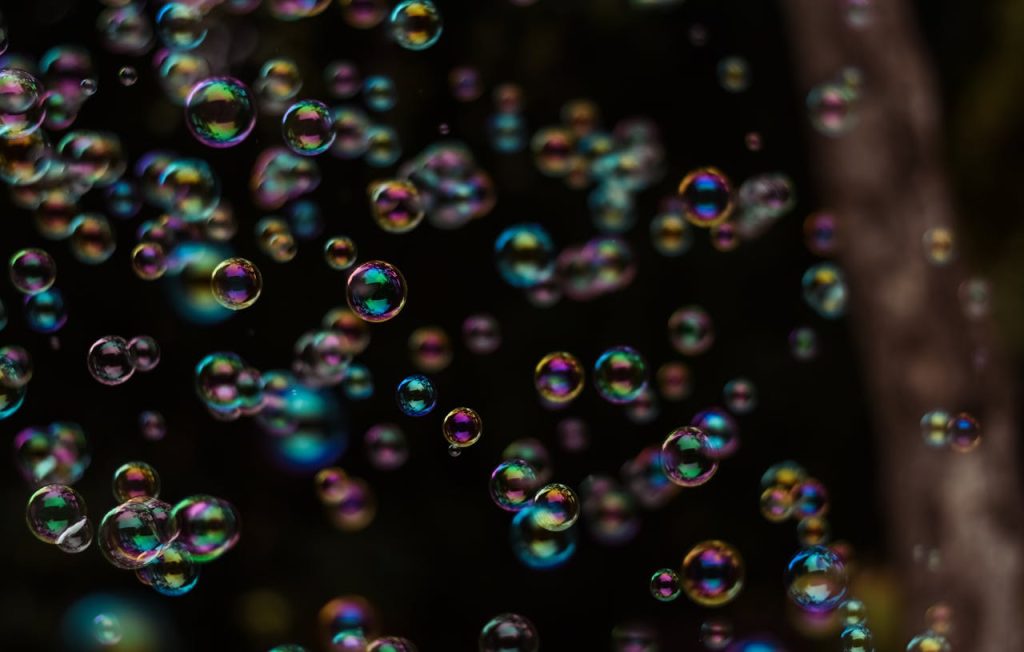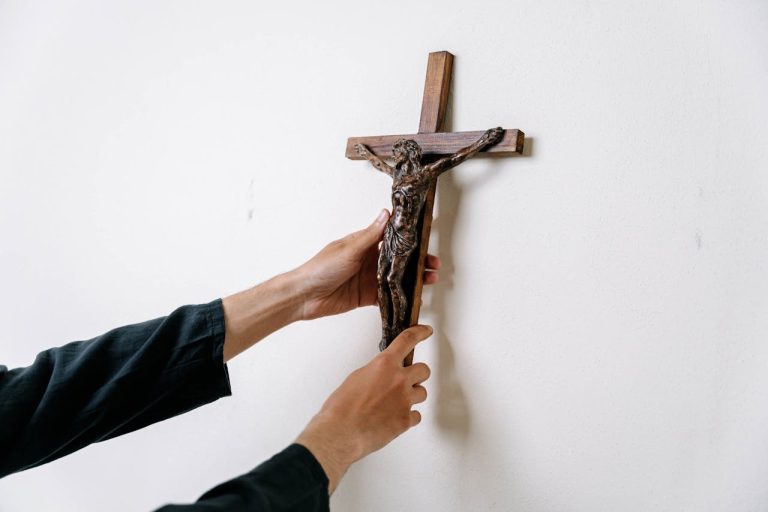Sometimes, in a jar of fetid fluid, little bubbles form and rise to the top. If the fluid is thick, and the jar is several miles high, it may take six or eight decades for a bubble to rise from the bottom to the top.
As the bubble rises, it grows slightly because the pressure around it is reduced. As it rises, it comes in contact with all sorts of things that want to puncture it. Some chemicals will eat right through the surface tension, causing immediate collapse. Other forces may make the bubble slowly leak and shrink. Such leaks are audible, and the different types of leaks make a different sound.
Once the bubble stops rising, it may start to sink and shrink until it collapses. If it collapses suddenly, it makes a tremendous noise that echoes all around it. Other bubbles hear the noise, and may be frightened enough to try to direct their ascent away from anything that may cause them to lose pressure.
From their beginnings, some bubbles are larger than others. Others are shinier. They glow with different hues. Such attributes matter little. The only thing that counts is having the bubble make it to the top. There, it’s bright and shining nature becomes one with that beyond.
Great joy ensues.








